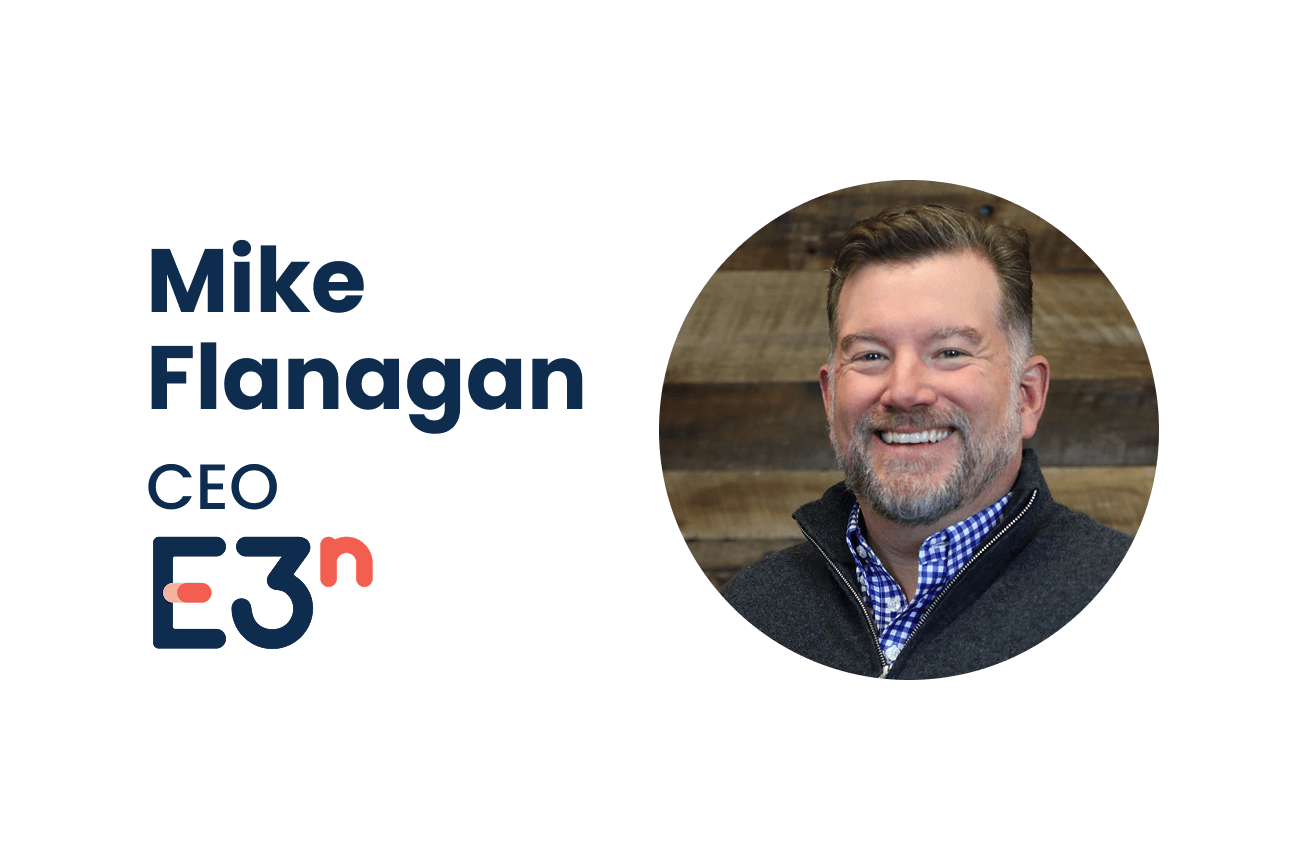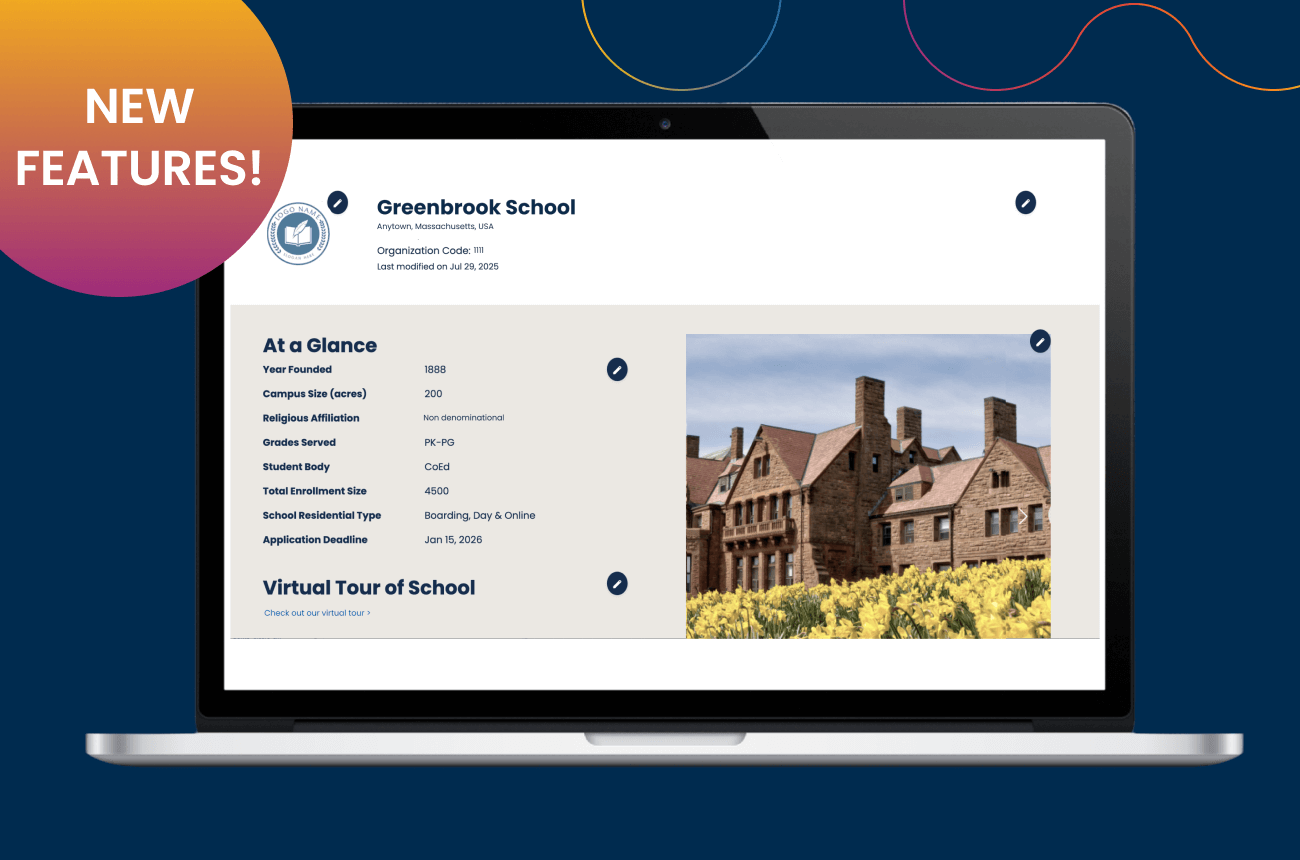Eliminating Barriers
.webp)
Article republished from EMA's The Yield magazine, fall 2024, authored by Marlo Thomas, Assistant Head of School for Equity and Inclusion, and Chris Levy, Director of Enrollment Management and Financial Aid, Georgetown Day School, Washington, D.C.
Georgetown Day School is an independent coeducational PK–12 school located in Washington, D.C. The school educates 1,075 elementary, middle, and high school students in northwestern Washington, D.C. Russell Shaw is the current head of school.
The cost of attending an independent private school is not insignificant, and financial aid programs are one of the ways in which schools alleviate some of the financial burdens on their families. But what about the costs that go beyond tuition, such as playing a sport or purchasing a computer? These costs can be prohibitive, even with financial aid, and they can make it difficult for students to participate fully in the community, creating a feeling of “otherness.”
So how do you ensure all students have equitable access to the full experience your school has to offer them? This is the problem that Georgetown Day School set out to solve when they developed its Equity Fund.
A School with a Mission
In 1945, Georgetown Day School was founded as an integrated school during a time when segregation was lawful and in practice. Since then, the school’s mission—to honor the integrity and worth of each individual within a diverse school community—has been an anchor in how they think about diversity, equity, and inclusion (DEI) in every aspect of what they do, and it was the guiding principle behind the Equity Fund.
“We want every individual to feel a sense of value and belonging within the school community,” says Marlo Thomas.
Officially piloted in the 2020–2021 school year, the Equity Fund filled a critical gap in the school’s previous financial aid program by establishing guidelines that focused on three pillars: technology, college counseling, and athletics. The fund covers some or all of the costs related to computer purchase or rental, college application fees, SAT or ACT test fees, athletic gear, and other costs associated with the three pillars. It has also been used to help students participate in the school year abroad (SYA) program.
Any high school student enrolled in the financial aid program automatically qualifies for the Equity Fund. It is also available to any family for whom additional program costs present a hardship, even if they pay full tuition with no assistance from the school. School leaders understand the feelings that can surround conversations around finances and affordability, and they don’t want anyone to fear that their information is being put out into the community.
Creating the Equity Fund Initiative
The Equity Fund began as a vision, but intention and innovation are required to create an actionable plan and turn a vision into reality. To that end, Marlo in partnership with Barbara Eghan (GDS former Director of Enrollment and Financial Aid) established a timeline of meetings with key stakeholders beginning in April 2020. These meetings allowed her team to have focused discussions about current processes and how having funds to help supplement costs and offset some of the challenges could impact their students. While discussions focused on the three pillars, they also talked to other groups so that they would be ready to expand into those areas as the program grew.
Throughout the process, they focused on some important questions: What should full participation look like for every student? How can an equity fund further advance a student’s ability to fully participate in programs? And how can we minimize the discomfort for families in expressing a financial need?
The work was not without its challenges, but keeping their students at the center helped them push past them to complete this vital “heart work,” as Marlo refers to it.
“You can’t go wrong when you make this kind of investment in the students you have invited to join your community,” says Chris. “The costs are worth it because you are going to transform the lives of many.”
The Equity Fund began with $80,000. Since then, it’s doubled, and they are continuing to look for ways to grow it, including exploring the idea of endowment so that it won’t be dependent on a percentage of the tuition revenue.
The Impact of Equity
“It’s really been transformative watching how critical the program has been to the lives of many of our families in just a short period of time,” says Chris. “It’s changing the trajectory of students’ lives. If we have a system in place that allows them to really focus on the things necessary to be successful, to participate in the variety of offerings that we have without the stress or pressure of ‘can my family afford this,’ then it makes for a richer experience for the students and a more productive community.”
Marlo understands that each school and its community is unique, and the process they’ve arrived at may not be right for other schools, but she hopes that the Equity Fund can inspire them. “We’re here to be beacons of hope and light for schools who have been considering this, to help schools who are conceptualizing how to support the diverse needs of their school community through a program of this nature.”
They urge schools considering these funds to have conversations and continue them even after the fund has been established. Indeed, they know that though the Equity Fund now exists, their work still needs to be completed, and they are continuing to explore how they can grow and expand it.
“My hope is that we will get to a point as a school where no kid will ever have to ask, ‘Hey, can I? Is there? What’s possible?’ Because we will have all of the structures in place and fully funded so that once you’re a student here, you have access to all of these programs,” says Chris.
While they still have a long way to go, they are excited about the steps they’ve taken so far, and they are looking forward to the next iteration of the Equity Fund and the impact it will make on the lives of their students and the school community as a whole.




